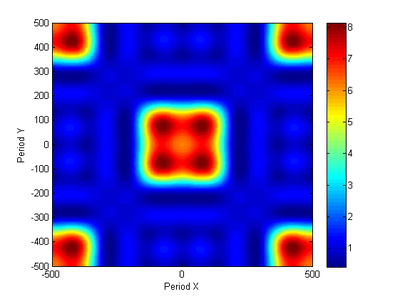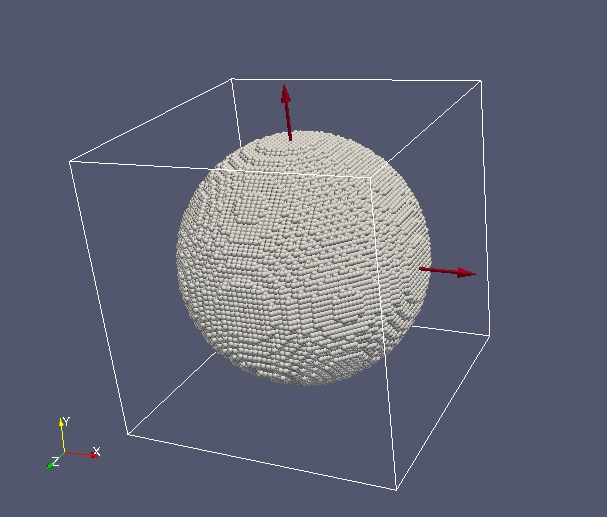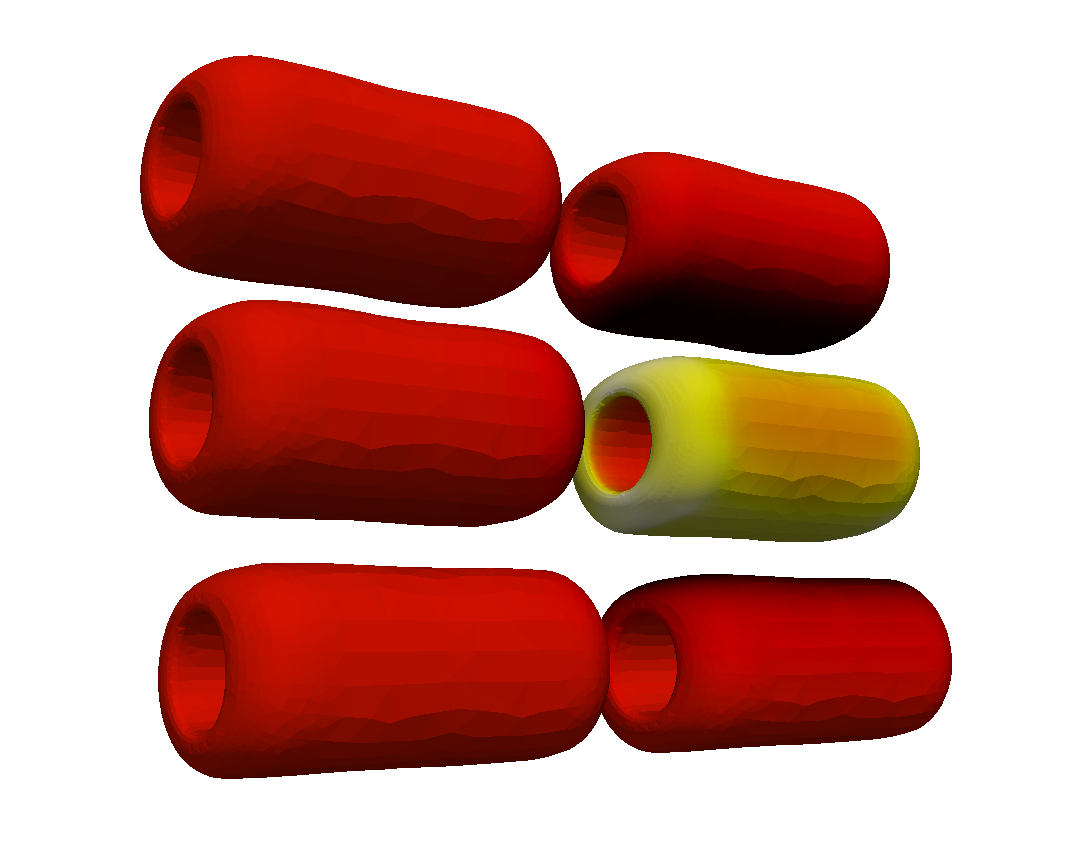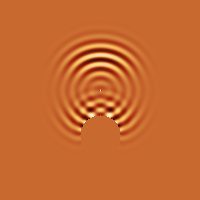|
|
 |
RawDog is a MATLAB program by Gergely Kajtar. It calculates diffraction efficiencies of lamellar gratings, photonic crystals (1D and 2D) based on based on the Rigorous Coupled Wave Analysis (RCWA).

The Mie Theory
Basics and Applications
Series: Springer Series in Optical Sciences, Vol. 169
Hergert, Wolfram; Wriedt, Thomas (Eds.)
2012, XIV, 259 p. 78 illus., 56 in color.

ACA Solver by Juan M. Rius is a fast iterative solver for compressible linear systems, with multilevel Adaptive Cross Approximation (ACA) matrix compression. The solver has been developed for Electromagnetic Integral Equation problems discretized by Method of Moments (MoM). The Matlab code integrates a 3D MoM solver.
- Link (7 Feb 2014) insecure
- Link (4 Aug 2016) broken
- Link (10. Feb 2022)

DDSCAT online tool by Nahil A. Sobh to Calculate scattering and absorption of electromagnetic waves by targets with arbitrary geometries and complex refractive index.

BETL by Lars Kielhorn is a C++ template library for the discretisation of boundary integral operators. BETL can be used to discretise boundary operators associated with the Maxwell equations in 3D using the Galerkin approach.

PyTMatrix, by Jussi Leinonen, A Python code for computing the scattering properties of homogeneous nonspherical scatterers with the T-Matrix method.
The MNPBEM Toolbox by Ulrich Hohenester is a flexible simulation toolkit for the calculation of the electromagnetic properties of plasmonic nanoparticles. The toolbox has been implemented with Matlab classes. Maxwell's equations are solved using a boundary element method (BEM) approach.
The latest version of the toolbox now also includes iterative solvers and H-matrices for the simulation of large nanoparticles (consisting of a few 10 000 boundary elements).

GSvit - open source software FDTD solver with graphics card computing support by Petr Klapetek.

HLIBpro is a software library implementing algorithms for Hierarchical matrices, or ℋ-matrices. HLIBpro contains a complete application layer for boundary element methods. It is based on triangular surface grids. Furthermore, bilinear forms for Laplace SLP/DLP, Helmholtz SLP/DLP, Maxwell EFIE/MFIE and acoustic scattering are provided.

T-Matrix based HPC software by N. C. Panoiu for massively parallel simulation of 3D electromagnetic nano-structures.

|
|
 |
|